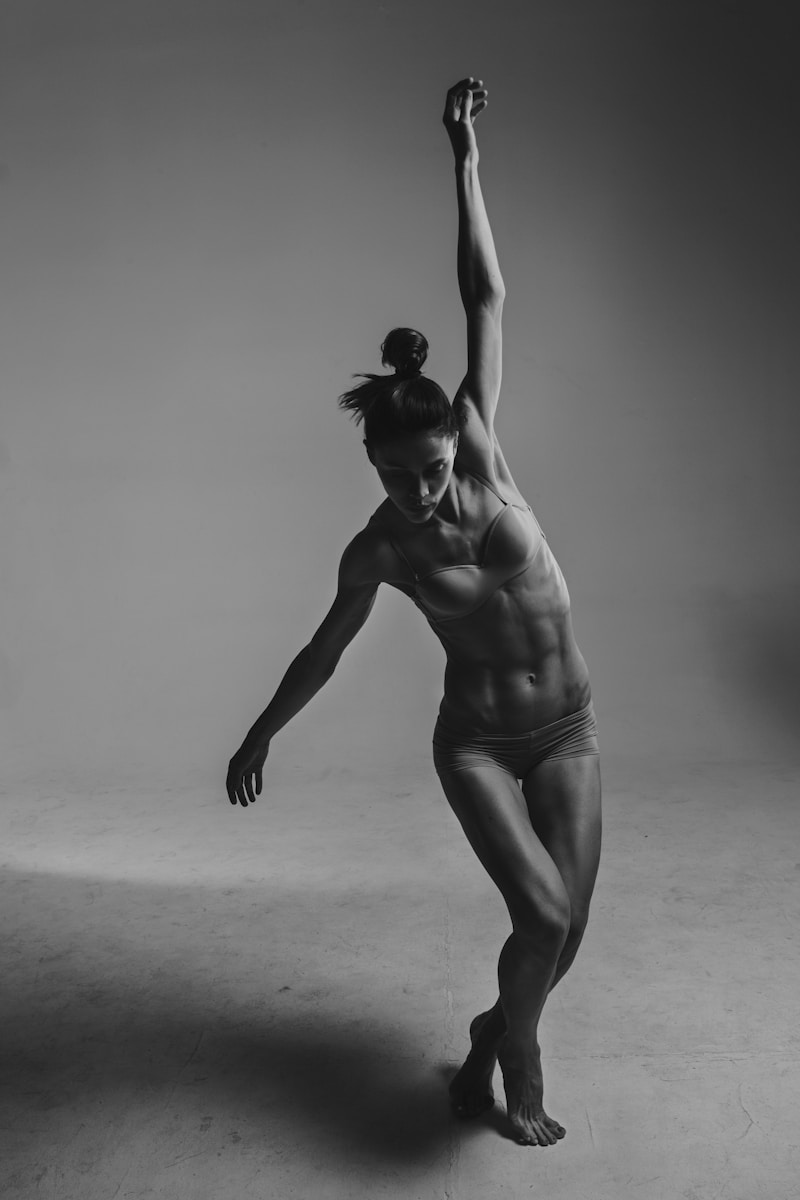Understanding Bridal Body Shapes and Size Charts: A Comprehensive Guide
Introduction to Bridal Body Shapes
The journey to finding the perfect wedding dress is one of the most exciting, yet sometimes overwhelming, aspects of planning a wedding. One of the key factors that play a significant role in this process is understanding the various bridal body shapes and using size charts effectively. This guide aims to illuminate the different body shapes brides may identify with, alongside essential size charts, helping make the gown selection process effortless and rewarding.
Bridal Body Shapes: An Overview
Brides come in all shapes and sizes, and understanding your body shape is the first step towards selecting the perfect gown. Below, we will discuss the most common bridal body shapes:
| Body Shape | Description | Recommended Styles |
| A-Line | Wider hips and a narrower bust. | A-line, empire waist, and ball gown. |
| Hourglass | Balanced bust and hip measurements with a defined waist. | Mermaid, fitted sheath, and waist-cinching styles. |
| Rectangle | Similar measurements for bust, waist, and hips. | A-line, empire waist, and layered designs. |
| Pear | Narrow shoulders and wider hips. | Ball gown, A-line, and off-the-shoulder styles. |
| Inverted Triangle | Wider shoulders and bust with narrower hips. | A-line, pleated skirts, and fitted bodices. |
| Apple | Broader shoulders and fullness in the bust and waist. | Empire waist, A-line, and shift styles. |
Understanding Size Charts
Now that you've identified your body shape, it's crucial to understand how size charts work. Bridal size charts vary significantly from standard ready-to-wear sizing, and many designers have their own sizing systems. Therefore, it's essential to consult the specific size chart of the designer you are considering. Generally, bridal sizes run differently than standard clothing sizes, often requiring sizes that are two numbers larger. This variance can be caused by the cut and style of the dress.
How to Use Size Charts
When using size charts, follow these steps for the best results:
- Measure Yourself: Use a soft measuring tape and wear form-fitting clothing to get accurate measurements. The essential measurements include your bust, waist, and hips.
- Compare with Size Charts: Once you have your measurements, compare them with the designer’s size chart. Make sure to note that if you're in between sizes, it’s usually better to choose the larger size.
- Account for Alterations: Many brides will need alterations regardless of the dress size. Choose a size that accommodates adjustments, particularly in the bust and waist areas.
Common Questions About Bridal Body Shapes and Size Charts
Below are some frequently asked questions that brides often have regarding body shapes and size charts.
- Q: How can I determine my body shape?
A: Standing in front of a mirror, analyze your proportions. Look for the shape that most closely aligns with your measurements. - Q: Do all bridal shops offer size charts?
A: Most reputable bridal shops will provide size charts for the gowns they sell. Always inquire if you do not see them displayed. - Q: What if I'm not a standard size?
A: Many designers offer options for custom sizing. Speak with the consultant for assistance in selecting a suitable size.

Tips for Choosing the Right Dress for Your Body Shape
Choosing the right wedding dress may seem daunting. However, with a clear understanding of your body shape, you can make the process much easier. Here are some tips to guide you:
1. Emphasize Your Best Features
Focus on showcasing your best features through the design of your wedding dress. For example, if you have beautiful shoulders, consider a strapless gown that highlights this area.
2. Avoid Unflattering Styles
Be aware of styles that may not lend themselves well to your body type. For instance, if you are more on the apple shape, avoid tightly fitted dresses that emphasize the waist.
3. Consider the Fabric
Different fabrics drape differently and can either enhance or diminish the appearance of your shape. For example, heavier fabrics like satin can add volume, whereas lighter fabrics like chiffon can be more flattering for various shapes.
4. Don’t Hesitate to Try Different Styles
Sometimes the styles you think will suit you may not be what you expected. Trying on various silhouettes can open your eyes to gowns that flatter your shape in unexpected ways.
Conclusion
In conclusion, understanding bridal body shapes and using size charts are crucial steps when Wedding Dress Shopping. By identifying your body shape and understanding the nuances of size charts, you can select a dress that not only flatters your figure but enhances your confidence on your big day. Remember that every bride is unique, and embracing your individual shape is what makes your wedding day special. Happy dress hunting!
Final Thoughts: Use size charts, consult with bridal professionals, and remember that alterations are always an option. Keep an open mind, enjoy the journey, and celebrate your beautiful self!